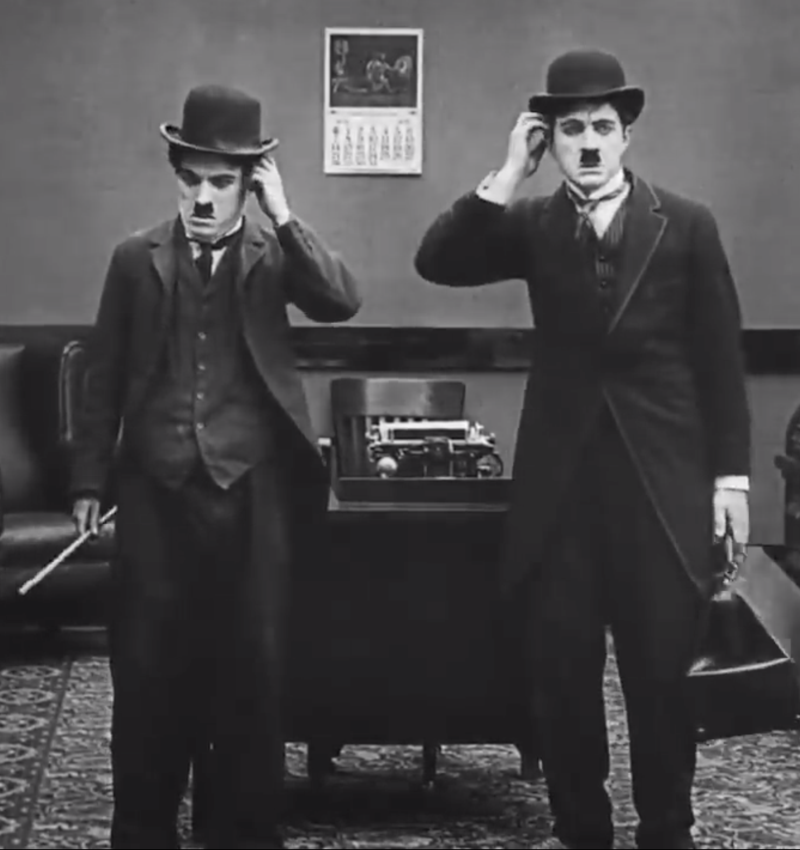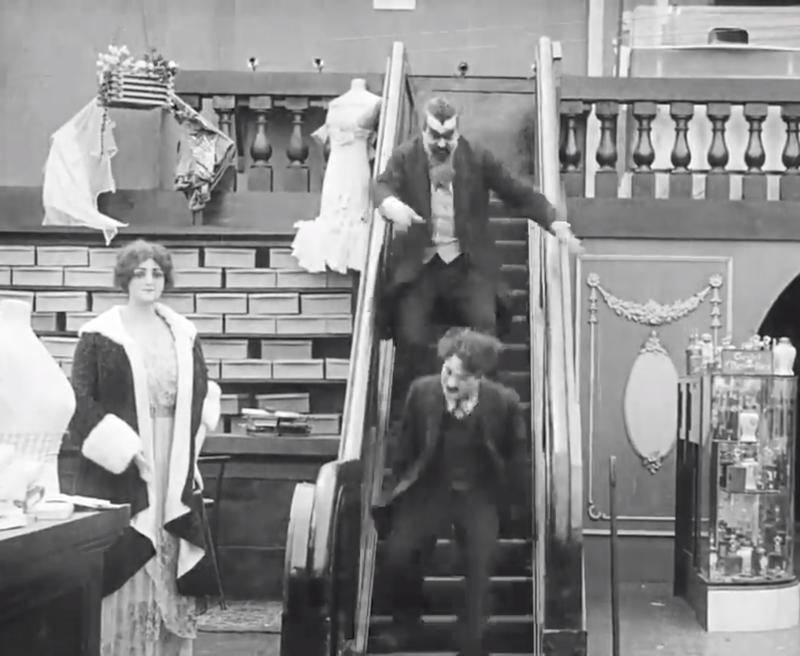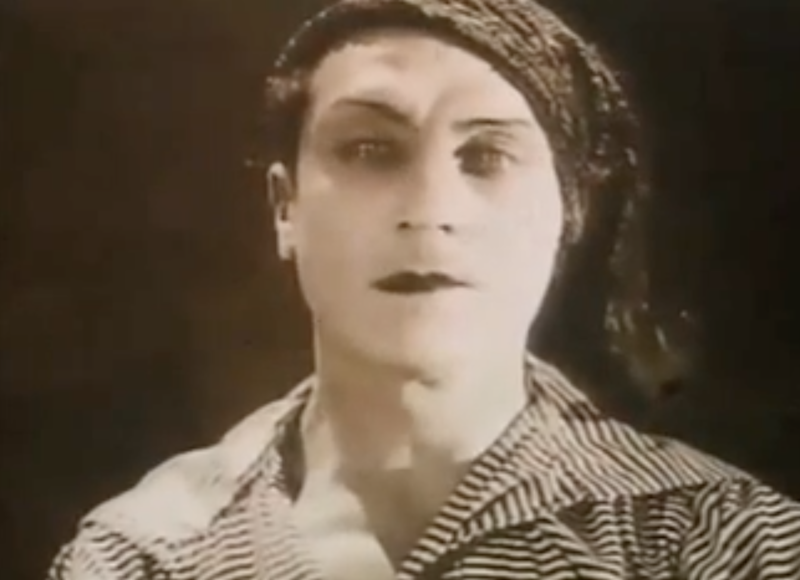John Bull’s Animated Sketchbook was an ongoing series of animated satire/propaganda from 1915 and 1916, in which postcard illustrator and political cartoonist Dudley Buxton utilised the “lightning sketch” technique (time lapse footage of him drawing his pictures) to deliver political commentary in the manner and quality of Brant.
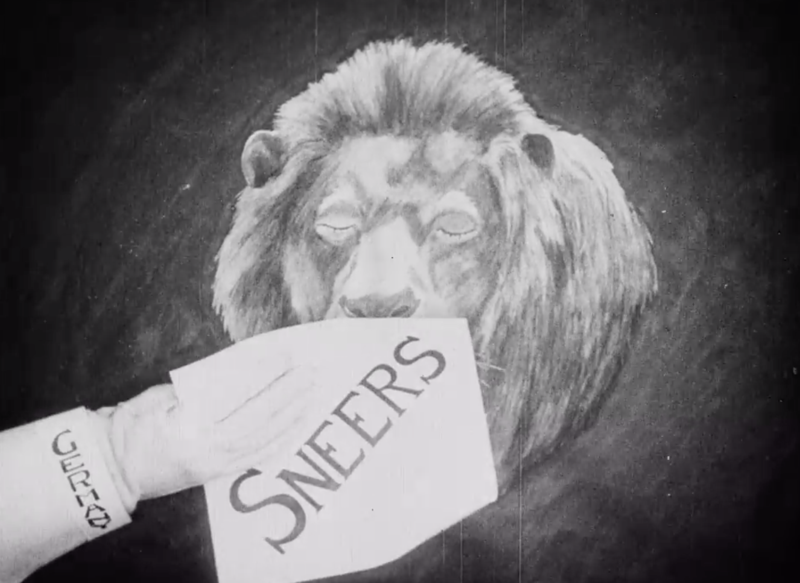
Most of the sketches here are, unsurprisingly, wartime propaganda (“The British wage ware like this, but the Germans wage war like this!“), but there’s still time for one about Charlie Chaplin choking on a fly in his pint too for some reason.

(Pint not included in screenshot)
________
Notes
1. There were four of these and I watched them all on the BFI website (1, 2, 3, 4).
2. I came across these today because I searched the BFI free site for Charlie Chaplin and this was all that came up.
3. Although the first three of these episodes all appear to be animated by Dudley Buxton, the last one is illustrated by Anson Dyer.
4. Whose work I seemed to be surprisingly furious about in 2019.
5. Poor angry young me.
6. (He is shite though)
7. I mean, obviously most of the political satire is going to fall flat a century later, but if political commentary cartoons are the most “of their time” art form possible, they’re also consistently the worst too. And seemingly always have been/will be.
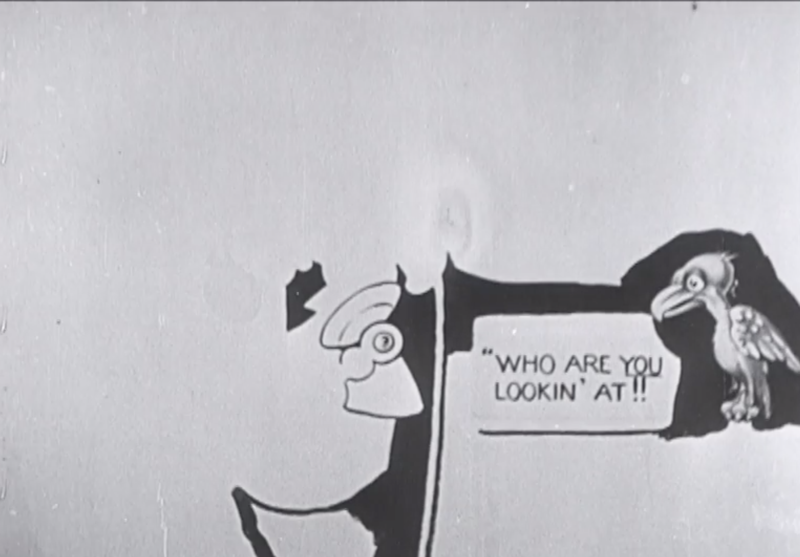
8. And while we’re on the topic of John Bull, “A Prize Fight or Glove Fight between John Bull and President Kruger” is a two-minute political sketch about the Boer War from 1900.
9. In which Britain and South Africa have a fist fight (and of course only Britain fights fairly).

10. No other way they could ever lose.
__________
Film Information: John Bull’s Animated Sketchbooks
Director: Dudley Buxton
Year: 1915-1916
Duration: 2 minutes to 10 minutes
Watch: Various episodes on the BFI Player: 1, 2, 3, 4
Film Information: A Prize Fight or Glove Fight between John Bull and President Kruger
Director: John Sloane Barnes
Year: 1900
Duration: 2 minutes
Watch: BFI Player
